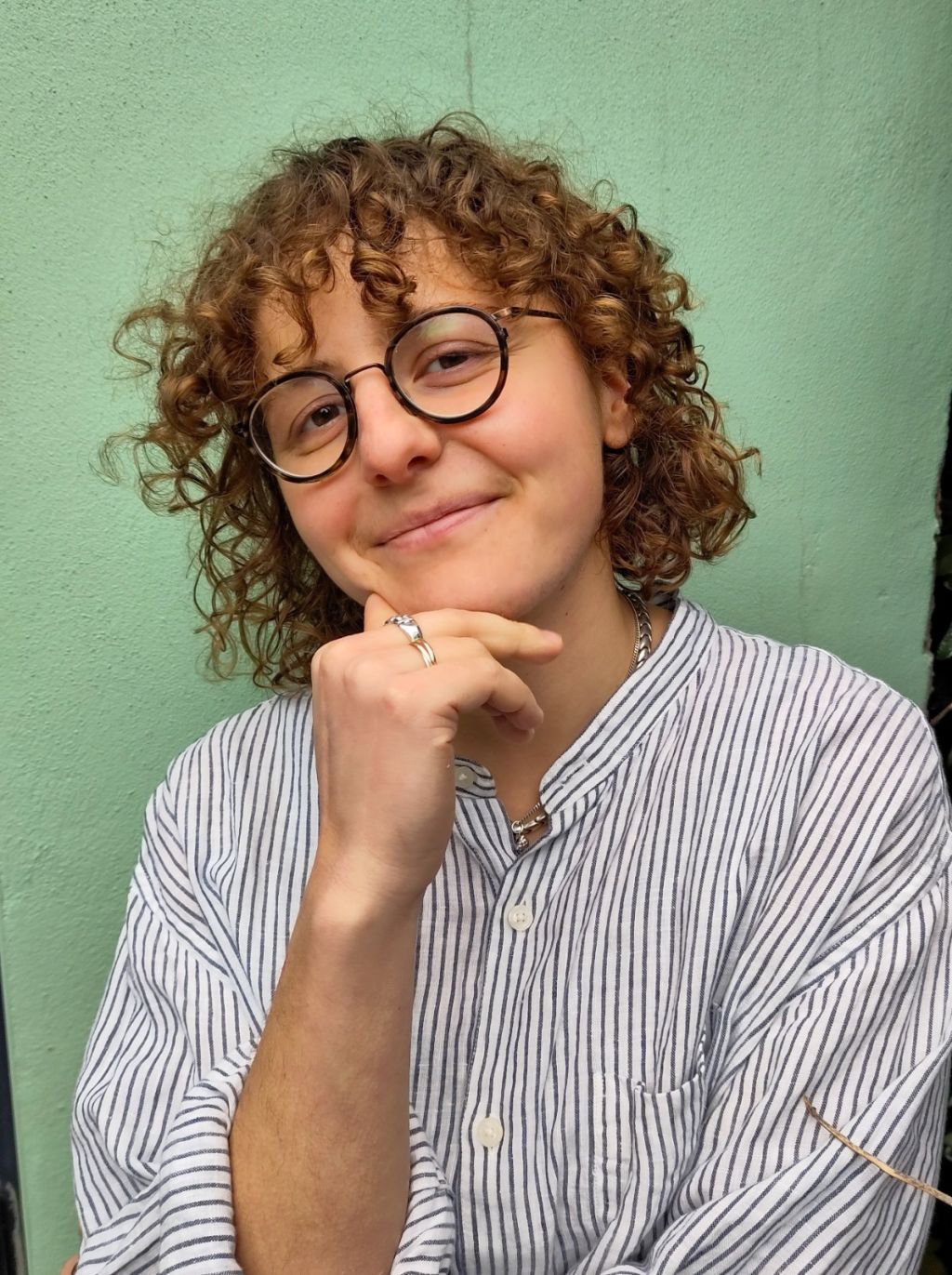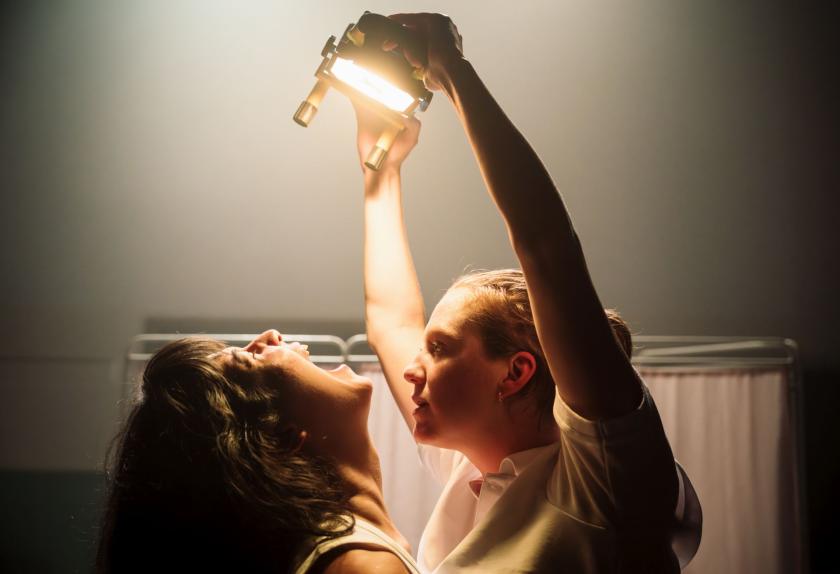I first read Anne Gunter’s story about five years ago, when I was in my first year of university at Oxford, little knowing it would over time lead to our play Gunter [seen first in Edinburgh and transferring 3-25 April to the Royal Court]. The classic account of her life is found in James Sharpe’s micro-history The Bewitching of Anne Gunter, which he wrote after unearthing the case in the late Nineties.
The trial documentation for her case is stored at the National Archives in the Star Chamber stack (named after the star-spangled ceiling of the chamber where the councillors met). So I went to check out the case for myself, and thought a lot about how to work with the material. Studying the phenomena of early modern European witchcraft feels like a distant and strange subject of historical inquiry, but Anne’s narrative felt different; I recognised the characters.
 My first instinct was that this was definitely not stageable. Historical novel, sure... 4 part BBC series, sure... But theatre? No way. I couldn’t conceive of a version of this play that A) did justice to her story, B) was actually palatable/enjoyable to audiences, C) told the story clearly enough (circle back to A and B), and D) showed a nuanced and more authentic version of history than a number of other plays that deal with witchcraft. So I sort of surprised myself when I floated the idea to Rachel Lemon (director, maker) on a long car journey and she was up for it. I had to explain the story twice for her to really get it. So let me try again here.
My first instinct was that this was definitely not stageable. Historical novel, sure... 4 part BBC series, sure... But theatre? No way. I couldn’t conceive of a version of this play that A) did justice to her story, B) was actually palatable/enjoyable to audiences, C) told the story clearly enough (circle back to A and B), and D) showed a nuanced and more authentic version of history than a number of other plays that deal with witchcraft. So I sort of surprised myself when I floated the idea to Rachel Lemon (director, maker) on a long car journey and she was up for it. I had to explain the story twice for her to really get it. So let me try again here.
In midsummer 1604, in a small village near Oxford, a game of Shrovetide football kicked off. Shrovetide has its roots in a medieval tradition in basically setting the challenge for male contestants to get a ball from one side of the village to the next. A scrap broke out (as they often did) between the sons of two families in the village, the Gregorys and the Gunters. At this point, Brian Gunter, the richest man in the village with a couple of homicide and tax scandal cases to his name, approached the Gregory boys and bashed their heads in with the blunt edge of his knife. Within two weeks they both were dead. Brian was acquitted for the murder on the basis that football was technically illegal, and so ends the first brutal part of the story.
Their mother, Elizabeth Gregory – not a popular figure in the village, and of lower social standing – wasn’t quite prepared to let Gunter’s impunity slide, and so went about dragging his name in the local community. Brian responded badly to this sting to his ego and quickly cooked up a plan with other allies in the village to get Elizabeth Gregory accused and then hopefully executed for witchcraft.
 In early 17th century England, this was no straightforward task; acquittal rates for witchcraft accusations that even made it to the Assize courts were around the 60% mark. The Assize was a circuit court, meaning you would face expert examination from highly trained lawyers who were not embroiled in community gossip. Brian seemed to have little trouble convincing the villagers that Elizabeth Gregory, the “local scold”, was bewitching his daughter Anne, but court judges might well think otherwise. So, he took Anne to Oxford University via a family connection to bolster the case amongst reputable men that would substantiate his position in court.
In early 17th century England, this was no straightforward task; acquittal rates for witchcraft accusations that even made it to the Assize courts were around the 60% mark. The Assize was a circuit court, meaning you would face expert examination from highly trained lawyers who were not embroiled in community gossip. Brian seemed to have little trouble convincing the villagers that Elizabeth Gregory, the “local scold”, was bewitching his daughter Anne, but court judges might well think otherwise. So, he took Anne to Oxford University via a family connection to bolster the case amongst reputable men that would substantiate his position in court.
Whilst there, Anne demonstrated bewitchment to a range of men. She would vomit pins, convulse in a strange manner, demonstrate "second sight" (she knew things that were impossible to know), her clothes would "unlace" themselves, and, creepily, she used to cry and set everyone in the room off.
But what was really happening to Anne? What was going on in the rooms where she was kept? By confronting these questions, we began to grapple with the absences and gaps in her story, to work with the silences and unknowns. This is the properly imaginative part of making this show – and it is by including the problem of what happened to her that we began to find the life of Gunter.
It is both striking and depressing that Anne’s story makes sense in the world of today, over 400 years after these events. The patriarchal structures and violent systems present in Anne’s world seem to resonate strongly with audiences now, which in turn gives us all the more reason to want to tell it.
I’m very glad that I didn’t trust my initial instinct. Making Gunter has taught me a huge amount about the purpose of history, staging the impossible, and the importance of working with amazing artists. All of this has given the show life, and in some way provided an accountability to the past, ultimately with the hope that it may inform the present.















Add comment